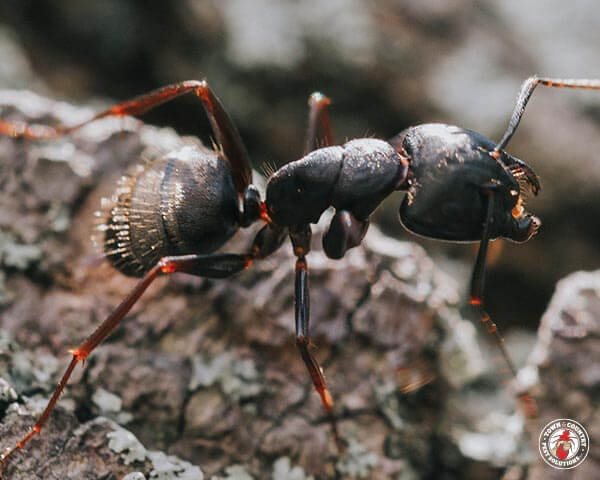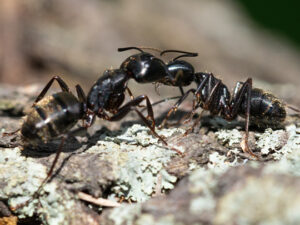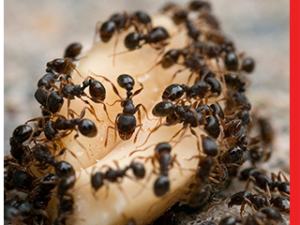
Do you have an ant problem? Having an ant infestation is not one of the worst pest issues you can have because most ant species aren’t common in homes. Some species of ants can look for shelter inside your home. Such ants can be annoying and often spread harmful bacteria.
The carpenter ants are highly destructive as they burrow wooden structures in your home. Read on to learn more about ants and how to prevent them from invading your home.
Common Signs of Ant Infestation
The surefire sign of identifying ant invasion is by seeing them. Watch out for a group of ants within your home. One of the most probable areas where such ants can gather is where there are food leftovers.
You will also know that you have an ant infestation if you notice mounds of clay, sand, or dirt in your home, which could be used as a nest for the ants. If your home is infested with carpenter ants, you will find them crawling in and out of vents and wood crevices.
If there is an audible but soft rustling sound in the walls, it is an indication that carpenter ants have invaded your home. Besides, such ants will leave a pile of wood shavings as they excavate wooden structures to build their nests. In case you notice such piles, contact a professional in ants control to help you out.
Ant Infestation Control
To deal with an ant infestation, you should understand the species that has invaded your home. The fact that ant species differ significantly in terms of their preferences and habits implies that you will need a unique method to eliminate them.
Here are the several tips to help you get started with ants control:
1. Seal Entry Points
Ants can enter your home through the tiniest crevices and cracks on the foundation, windows, and walls. Sealing such entry points ensures that any colony of ants passing nearby cannot enter your house. Whereas it might be challenging to find all the entry points, it is an excellent starting point to prevent ants from invading your home.
2. Keep Your Home Clean
Once all the access points are sealed, focus on keeping your home as clean as possible. Usually, ants use their pheromones to notify other ants of any food or other resources they discover on the way. So, if you manage to kill a colony of ants, make sure you clean all the areas they had passed to clear the invisible trail that might attract another group of ants. Also, making sure that the home remains clean all the time keeps ants away.
3. Clear Away Any Attractants
Usually, ants are attracted by factors such as grease, sugar, or any other type of food. If your home has plenty of these lures, you can expect more cases of ants’ infestation in the future. Keep foodstuffs in airtight containers, and ensure that there is no kind of food easily accessed by the ants.
4. Dehydrate
Moisture is an essential element of ants’ survival. If you keep them dehydrated, they will die. So, start by ensuring that there is no water available for the ants to drink. Ensure that none of the pipes in your house is leaking and monitor the gutters for effective drainage.
What to Expect from a Professional Ants Control Service
Ants reproduce at a fast rate. If you do not detect and address ant infestation early, you are staring at a bigger problem ahead. When you engage an ant control professional, they will determine the ants’ species, habits, and potential threat before establishing the right method to eliminate them.
Conclusion
The first step towards effective control of ant infestation is understanding how ants get into any home. In case you notice ants in your house, talk to a professional to help you identify and eliminate the ants.











